Home>Furniture>Bedroom Furniture>How Long Do Tanning Bed Burns Last
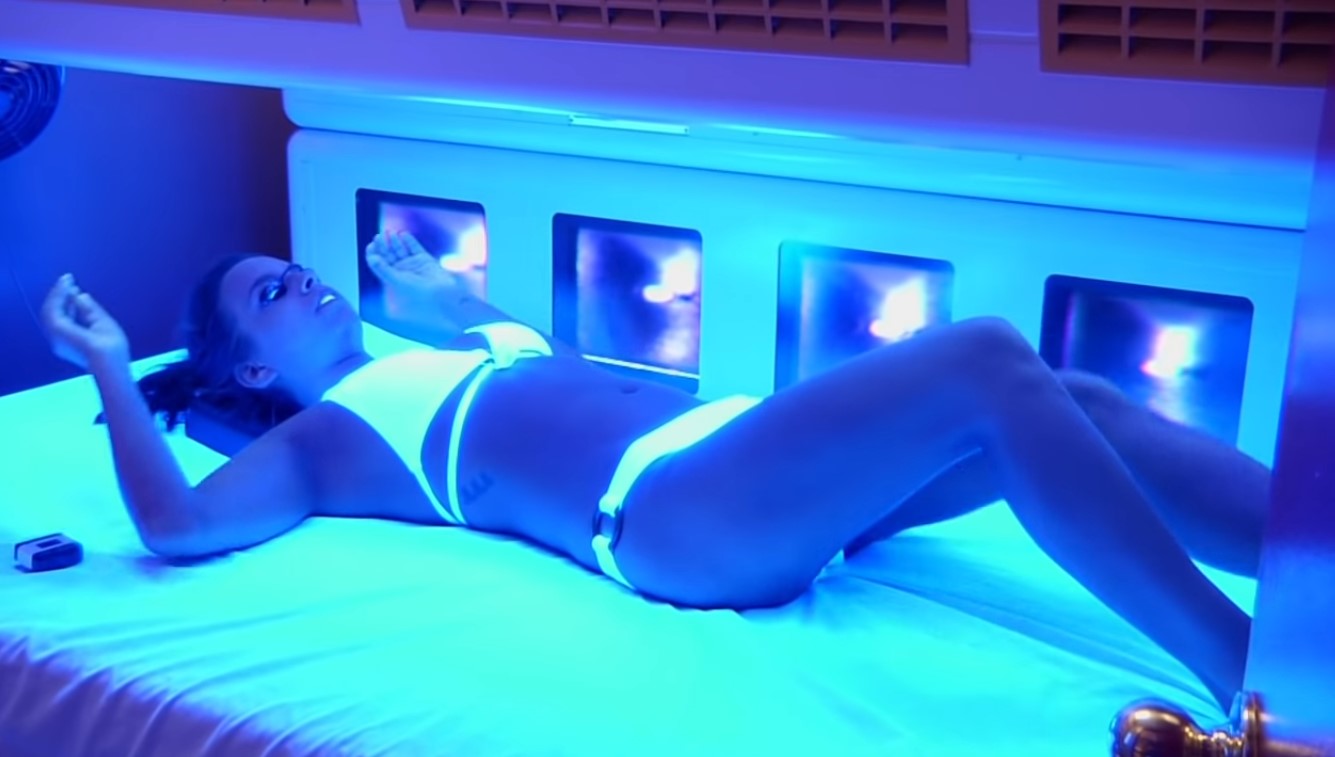

Bedroom Furniture
How Long Do Tanning Bed Burns Last
Modified: August 17, 2024
Discover how long tanning bed burns typically last and how to treat them. Find the best bedroom furniture solutions to enhance your home decor.
(Many of the links in this article redirect to a specific reviewed product. Your purchase of these products through affiliate links helps to generate commission for Storables.com, at no extra cost. Learn more)
Introduction
Are you passionate about achieving a bronzed and sun-kissed look without the hassle of lying under the scorching sun? Tanning beds have emerged as a popular solution for many individuals seeking a beautiful tan all year round. However, just like with any form of UV exposure, there is a potential risk of getting tanning bed burns.
Tanning bed burns can be painful and uncomfortable, leaving you wondering how long they will last. In this article, we will dive into the world of tanning bed burns, exploring the factors that affect their duration, the symptoms you might experience, treatment options, home remedies for relief, and how to prevent them altogether.
Understanding the intricacies of tanning bed burns is crucial in order to carry out the necessary precautions and take appropriate measures for healing and prevention. So, let’s delve into the details together.
Key Takeaways:
- Tanning bed burns can vary in severity and duration, influenced by factors such as skin type, treatment, and individual healing processes. Understanding these factors is crucial for effective management and recovery.
- Prevention is key in minimizing the risk of tanning bed burns. Limiting exposure time, using protective eyewear, and maintaining skin health are essential steps to enjoy the benefits of tanning beds while prioritizing skin safety.
Read more: What Is A Tanning Bed
Understanding Tanning Bed Burns
Before we delve into the duration and treatment of tanning bed burns, it’s essential to understand what causes these burns in the first place. Tanning beds emit ultraviolet (UV) radiation, which is similar to the sun’s rays. When exposed to UV radiation for an extended period of time, our skin can become damaged, resulting in tanning bed burns.
The intensity of UV radiation emitted by tanning beds can be significantly higher than the sun’s rays, making it crucial to exercise caution during tanning sessions. The burns are caused by overexposure to UV rays, leading to inflammation and damage to the skin cells.
It’s important to note that tanning bed burns can vary in severity. Some individuals might experience mild redness and discomfort, while others may develop more severe burns with blistering and peeling skin. The severity of the burn will dictate how long it takes to heal and disappear.
In addition to overexposure to UV radiation, factors such as skin type and sensitivity, duration and frequency of tanning sessions, and the use of proper protective measures can also play a role in the development of tanning bed burns. Understanding these factors can help us better comprehend the duration and treatment options for tanning bed burns.
Factors Affecting the Duration of Tanning Bed Burns
The duration of tanning bed burns can vary from person to person and depends on several factors. Understanding these factors can give us insight into how long it might take for a tanning bed burn to heal completely.
- Severity of the Burn: The severity of the burn plays a significant role in determining how long it will take to heal. Mild burns might resolve within a few days, while more severe burns can take several weeks to heal completely.
- Skin Type and Sensitivity: Different individuals have varying levels of skin sensitivity. People with fair skin are generally more susceptible to burns and may take longer to recover. On the other hand, individuals with darker skin might not experience severe burns and may heal relatively faster.
- Proper Treatment: The way a tanning bed burn is treated can also affect the healing process. Applying soothing creams, ointments, or aloe vera gel can help alleviate pain and promote faster healing. Keeping the burned area clean and moisturized can also aid in the recovery process.
- Individual Healing Processes: Each individual’s body has its own unique healing process. Factors such as age, overall health, and immune system function can affect how quickly the body repairs damaged skin cells. Younger individuals with better overall health tend to heal faster than older people or those with compromised immune systems.
- Additional Complications: In some cases, tanning bed burns can lead to other complications, such as infections or allergic reactions. These additional factors can prolong the healing process and may require medical intervention.
It’s important to note that these factors interact with each other, and the duration of tanning bed burns can be influenced by a combination of these factors. Ultimately, the healing process for tanning bed burns varies on an individual basis.
Symptoms and Types of Tanning Bed Burns
Tanning bed burns can manifest in various ways, with different symptoms and types depending on the severity of the burn. Recognizing the symptoms and understanding the different types of tanning bed burns can help in determining the appropriate course of treatment.
The symptoms of tanning bed burns may include:
- Redness: The affected area may appear red and inflamed.
- Pain and tenderness: Tanning bed burns are typically accompanied by pain and tenderness in the affected area.
- Itching and peeling: As the burn starts to heal, you may experience itching and eventually peeling of the skin.
- Blisters: In more severe cases, blisters may form. It’s important to avoid popping the blisters as it can increase the risk of infection.
- Dryness and tightness: The burned skin may feel dry and tight as it heals.
There are different types of tanning bed burns that can occur:
- First-Degree Burns: These are the mildest form of tanning bed burns, typically characterized by redness and tenderness. The skin may feel warm to the touch, but there is no blistering.
- Second-Degree Burns: Second-degree burns are more severe and can involve blistering. The skin may appear more swollen and painful.
- Third-Degree Burns: Third-degree burns are the most severe type of tanning bed burns. They penetrate deep into the layers of the skin, causing significant damage. Third-degree burns often require medical attention and may result in scarring.
It’s important to seek medical attention if you experience excessive pain, swelling, pus, or signs of infection in the burned area. Remember, everyone’s skin reacts differently to tanning bed exposure, so it’s important to be mindful of any discomfort or unusual symptoms you may experience.
Tanning bed burns can last anywhere from a few days to a few weeks, depending on the severity. To help soothe the burn, apply aloe vera gel and moisturize the affected area regularly. Avoid further sun exposure until the burn has healed.
Treatment Options for Tanning Bed Burns
When it comes to treating tanning bed burns, the goal is to reduce pain, promote healing, and prevent further complications. Here are some treatment options that can help in managing tanning bed burns:
- Cool Compresses: Applying cool compresses to the burned area can help relieve pain and reduce inflammation. Use a clean cloth soaked in cool water and gently apply it to the affected area for 15-20 minutes at a time.
- Moisturizers and Aloe Vera Gel: Applying moisturizers or aloe vera gel can help soothe the burned skin and promote healing. Look for products that are specifically formulated for burn relief and apply them gently to the affected area.
- Over-the-Counter Pain Relievers: Nonsteroidal anti-inflammatory drugs (NSAIDs) such as ibuprofen or acetaminophen can help reduce pain and inflammation caused by tanning bed burns. Follow the instructions on the package and consult a healthcare professional if necessary.
- Hydration: Drinking plenty of water and keeping your body hydrated can aid in the healing process. Proper hydration helps maintain skin health and assists in skin cell regeneration.
- Medical Consultation: If the tanning bed burn is severe, covers a large area of the body, or shows signs of infection, it is important to seek medical attention. A healthcare professional can evaluate the burn and provide appropriate treatment, such as prescription creams, antibiotics, or specialized dressings.
Remember to avoid further sun or tanning bed exposure while your skin is healing. UV rays can further damage the burned skin and impede the healing process. Protect the burned area from direct sunlight and use sunscreen with a high SPF if you need to go outside.
While mild tanning bed burns can often be managed at home with these treatment options, it’s important to consult a healthcare professional if you have any concerns or if the burn does not show signs of improvement after a few days.
Home Remedies for Relieving Tanning Bed Burns
When faced with the discomfort of tanning bed burns, there are several home remedies you can try to alleviate pain and promote healing. These remedies can provide temporary relief and assist in the recovery process. Here are some home remedies to consider:
- Cool Baths or Showers: Taking cool baths or showers can help cool down the burned skin and provide relief. Avoid hot water, as it can further irritate the skin.
- Hydrating Lotions: Apply hydrating lotions or creams to the burned area to help moisturize and soothe the skin. Look for products that contain ingredients like aloe vera, cucumber extract, or chamomile, as they have soothing properties.
- Natural Aloe Vera Gel: Fresh aloe vera gel is a natural remedy that can provide relief for tanning bed burns. Cut open an aloe vera leaf and gently apply the gel to the burned area. Aloe vera has anti-inflammatory and cooling properties that can soothe the skin and promote healing.
- Cold Milk Compress: Soaking a clean cloth in cold milk and applying it to the burned area can help alleviate pain and reduce inflammation. The proteins and fats in milk help soothe the skin and speed up the healing process.
- Organic Honey: Applying a thin layer of organic honey to the burned area can help moisturize the skin and promote healing. Honey also has antibacterial properties that can prevent infection.
- Oatmeal Bath: Taking an oatmeal bath can provide relief from tanning bed burns. Grind oatmeal into a fine powder and mix it with warm water. Soak in the bath for about 15-20 minutes to soothe itching and inflammation.
- Cucumber Slices: Placing cool cucumber slices on the burned area can help reduce pain and inflammation. Cucumbers have a high water content and contain antioxidants that can soothe the skin.
Remember to test any new home remedy on a small area of unaffected skin first to ensure you do not have any adverse reactions or allergies. If you experience any discomfort or worsening symptoms, discontinue use and consult a healthcare professional.
While these home remedies can provide temporary relief and aid in the healing process, they are not a substitute for medical treatment. If your tanning bed burn is severe or shows signs of infection, it’s important to seek professional medical advice for appropriate care.
Preventing Tanning Bed Burns
Prevention is always better than cure when it comes to tanning bed burns. By taking precautionary measures, you can greatly reduce the risk of getting burned while using tanning beds. Here are some steps you can take to prevent tanning bed burns:
- Limit Exposure Time: One of the most effective ways to prevent tanning bed burns is to limit your exposure time. Follow the recommended session durations provided by the tanning salon and never exceed the recommended time.
- Use Protective Eyewear: Always wear protective goggles or eye stickers provided by the tanning salon to shield your eyes from the UV radiation emitted by the tanning bed lamps. This can help prevent eye damage and potential burns.
- Protective Lotion or Cream: Apply a broad-spectrum sunscreen or a lotion specifically designed for indoor tanning to your skin before entering the tanning bed. These products create a protective barrier and reduce the risk of burns.
- Know Your Skin: Understand your skin type and its sensitivity to UV radiation. Fair-skinned individuals are more prone to burns and should take extra precautions, such as starting with shorter tanning sessions and gradually increasing exposure time.
- Follow Tanning Salon Guidelines: Listen to the instructions provided by the tanning salon staff. They are trained professionals who can guide you on safe and responsible tanning practices.
- Maintain Skin Health: Keeping your skin moisturized and healthy can help minimize the potential for burns. Drink plenty of water, moisturize regularly, and exfoliate gently to remove dead skin cells before tanning.
- Take Breaks: Allow your skin to rest between tanning sessions. Overexposure to UV radiation can increase the risk of burns and long-term skin damage.
- Regularly Clean and Maintain Tanning Bed: Make sure that the tanning bed is properly cleaned and maintained by the tanning salon. Clean equipment reduces the risk of bacteria or other contaminants that can cause skin irritation.
Remember, indoor tanning is not without risks, and it’s important to prioritize your skin’s health and safety. If you have concerns or questions about tanning, consult with a healthcare professional who can provide personalized advice and guidance.
By following these preventive measures, you can enjoy the benefits of tanning beds while minimizing the risk of tanning bed burns and other potential skin damage.
Conclusion
Tanning bed burns can be painful and uncomfortable, but with proper understanding, treatment, and prevention, you can minimize their impact on your skin health. By recognizing the factors that affect the duration of tanning bed burns, understanding the symptoms and types of burns, and implementing appropriate treatment options, you can promote healing and alleviate discomfort.
Home remedies such as cool compresses, moisturizers, aloe vera gel, and proper hydration can provide relief and aid in the recovery process. However, it’s vital to seek medical attention for severe burns or those showing signs of infection.
Preventing tanning bed burns is equally important. Limit your exposure time, use protective eyewear, and apply sunscreen or lotion specifically designed for indoor tanning. Knowing your skin type, following salon guidelines, and maintaining overall skin health are also key preventive measures.
Ultimately, prioritizing your skin’s health and safety should always be the priority when it comes to tanning, whether indoors or outdoors. Be mindful of the risks associated with excessive UV exposure and take necessary precautions to protect your skin.
By understanding tanning bed burns, their duration, and how to manage and prevent them, you can enjoy the benefits of a beautiful tan while maintaining healthy and radiant skin.
Frequently Asked Questions about How Long Do Tanning Bed Burns Last
Was this page helpful?
At Storables.com, we guarantee accurate and reliable information. Our content, validated by Expert Board Contributors, is crafted following stringent Editorial Policies. We're committed to providing you with well-researched, expert-backed insights for all your informational needs.
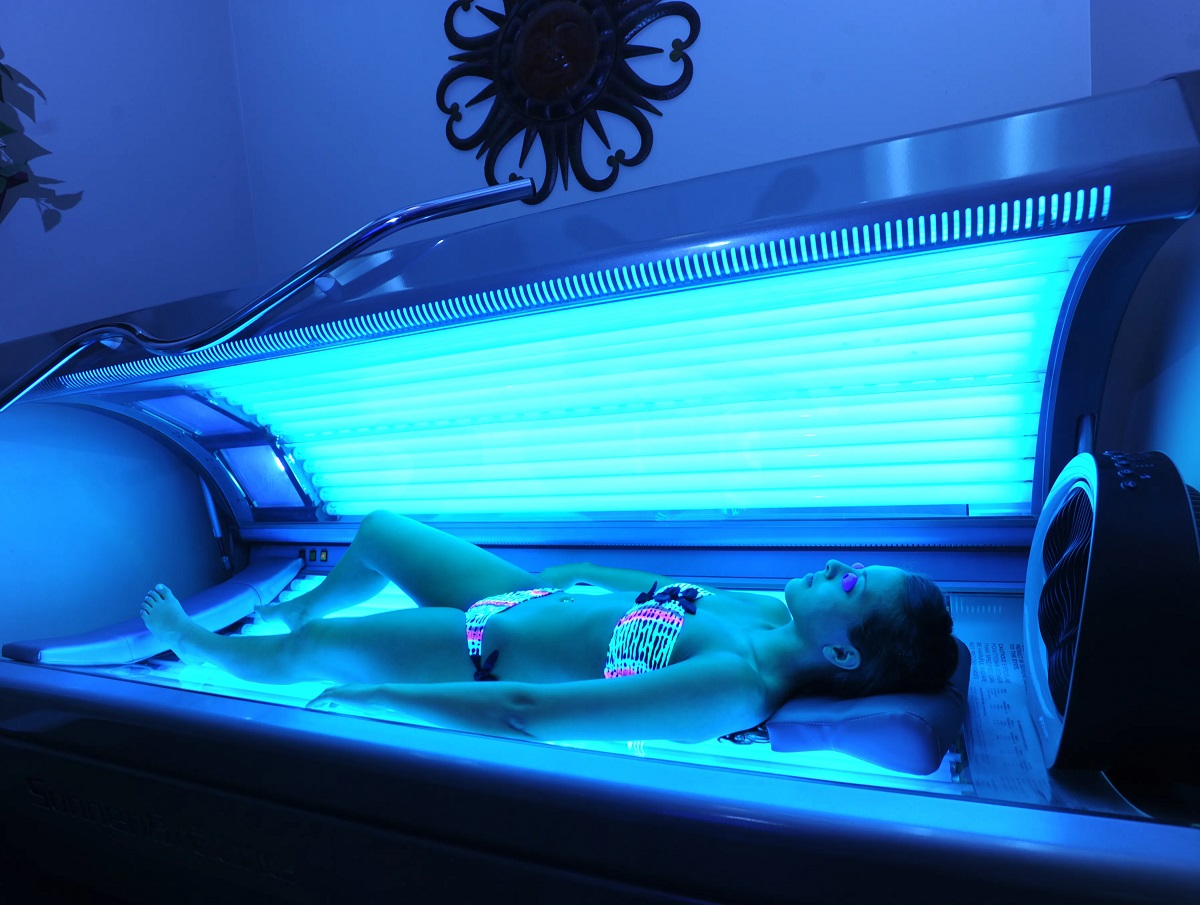
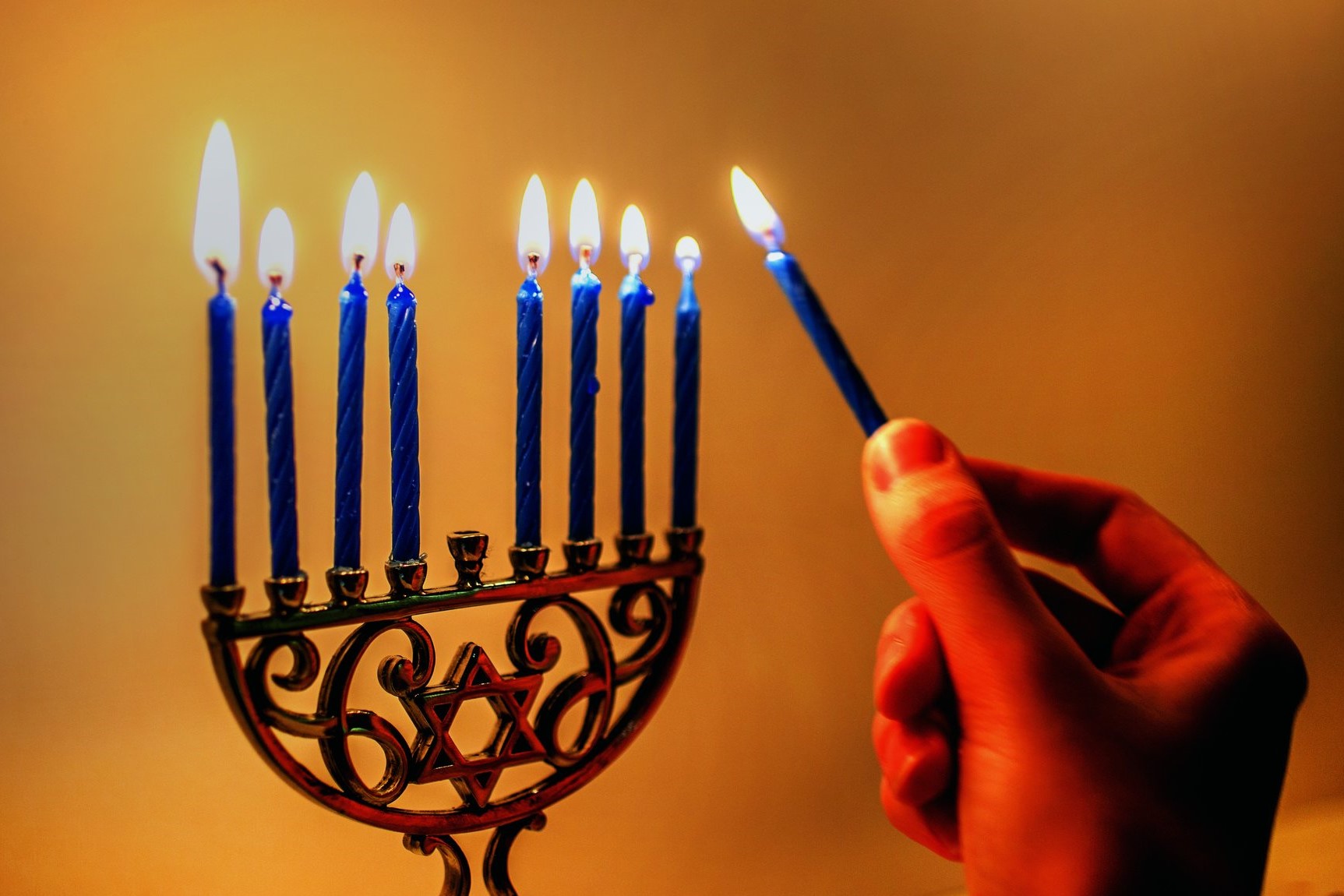
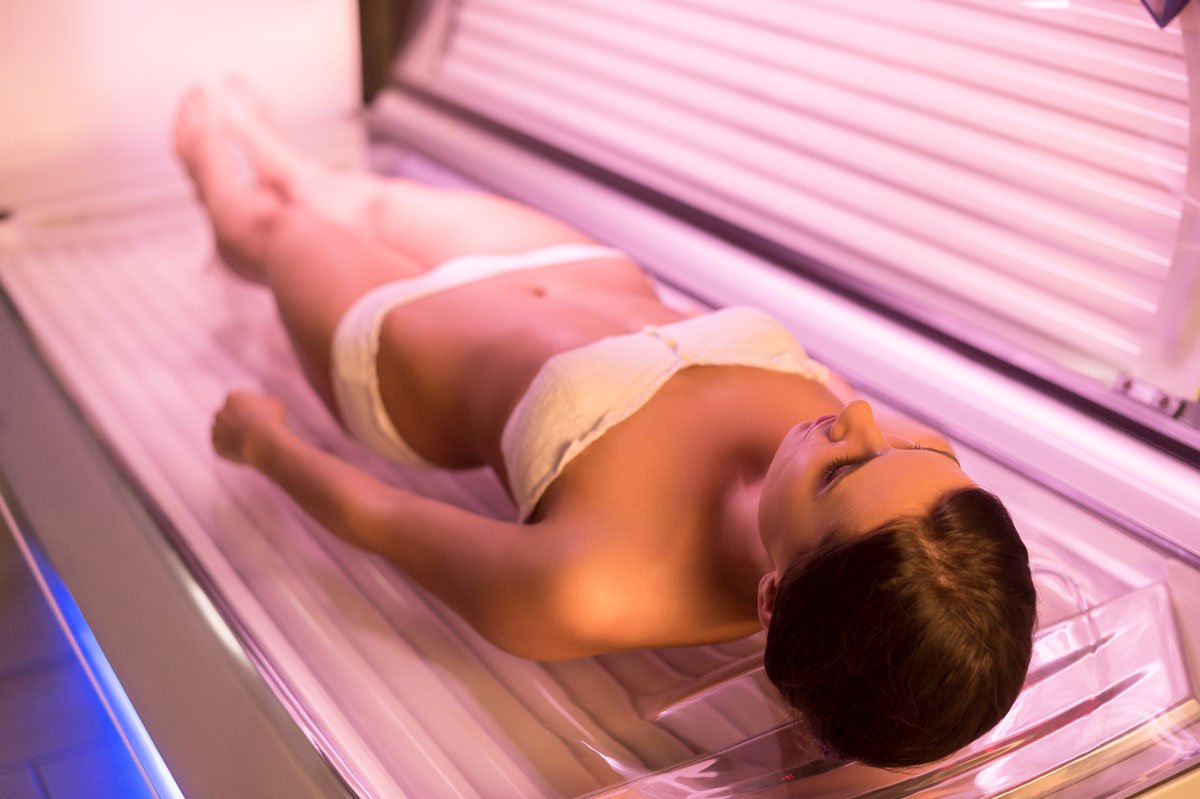
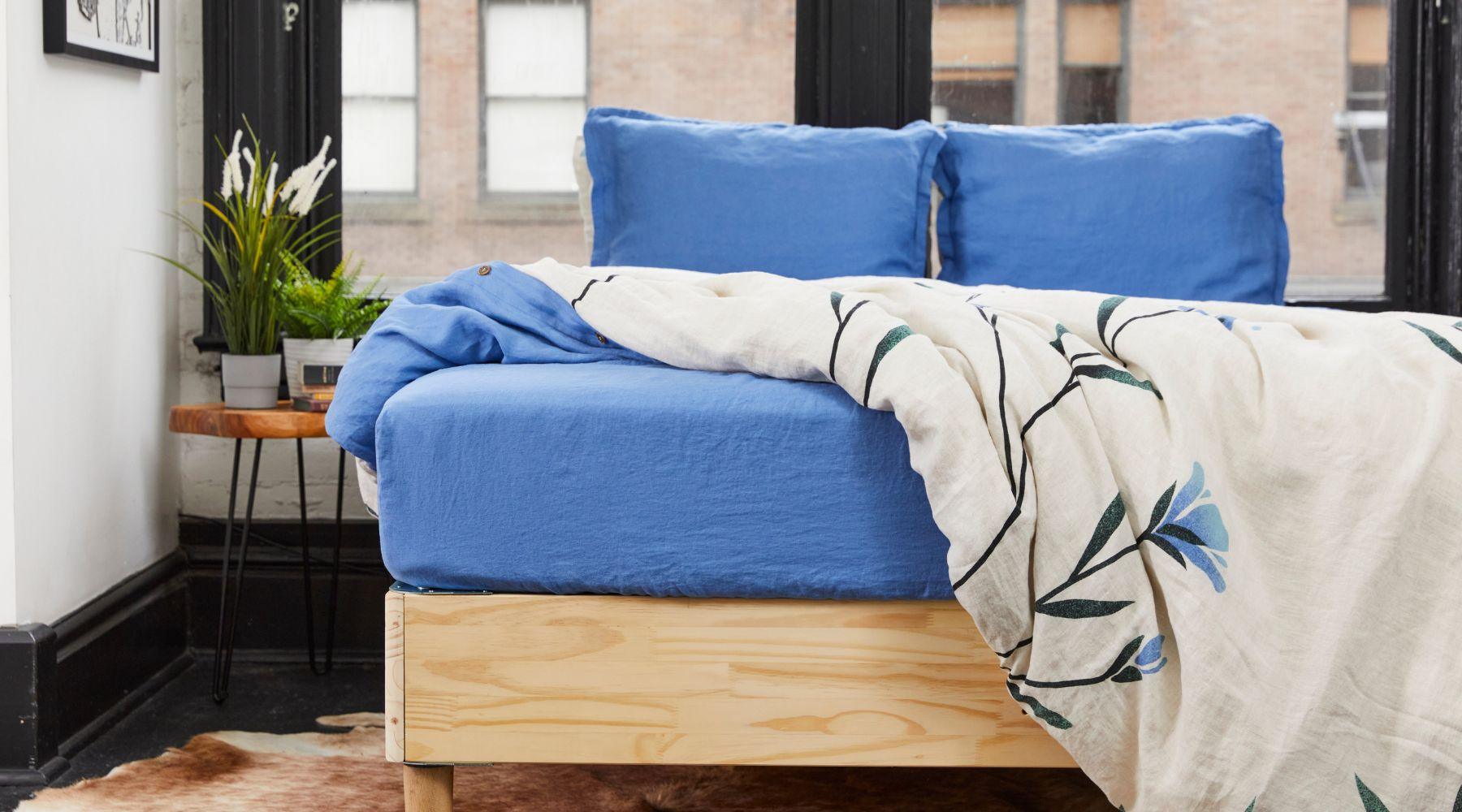

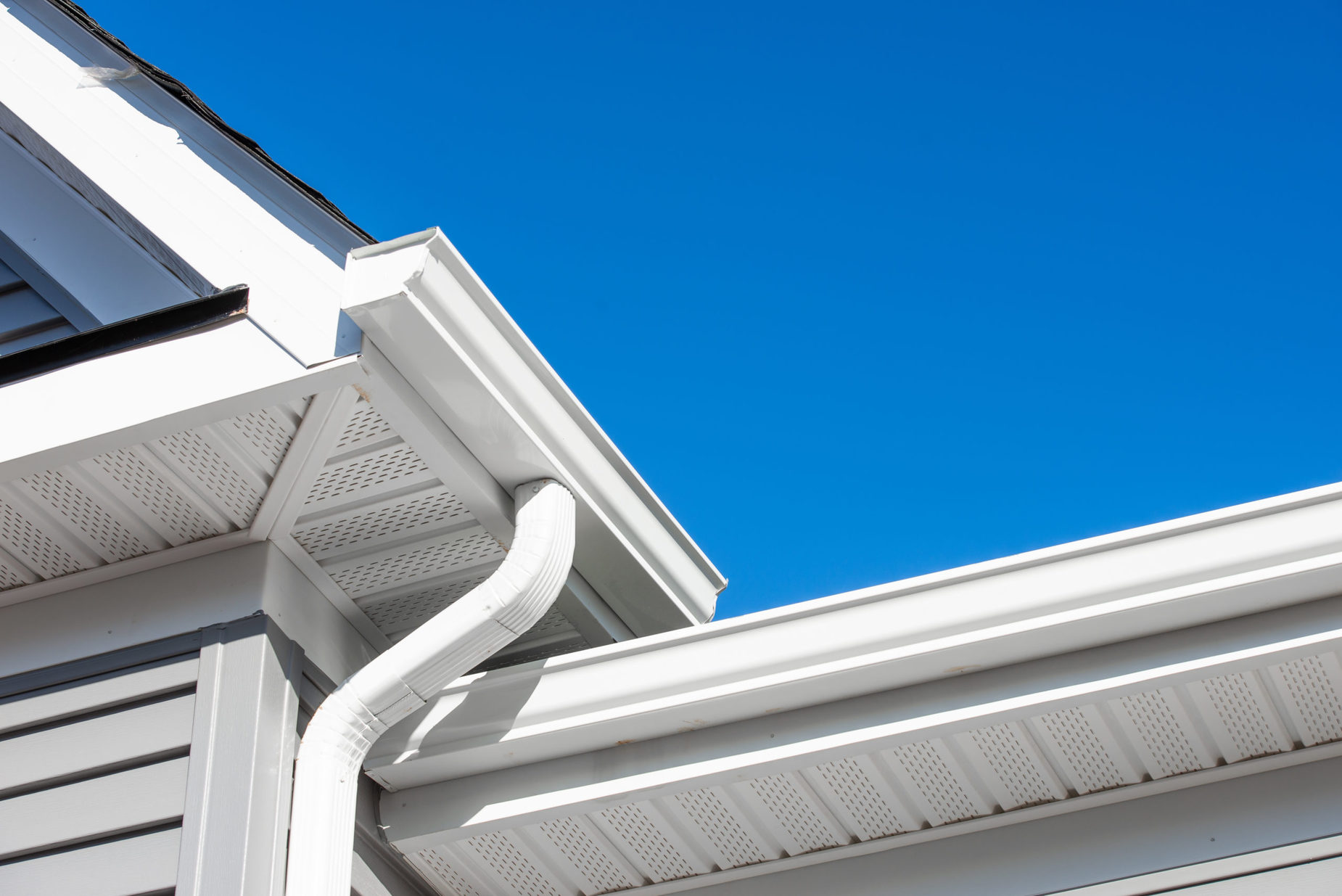

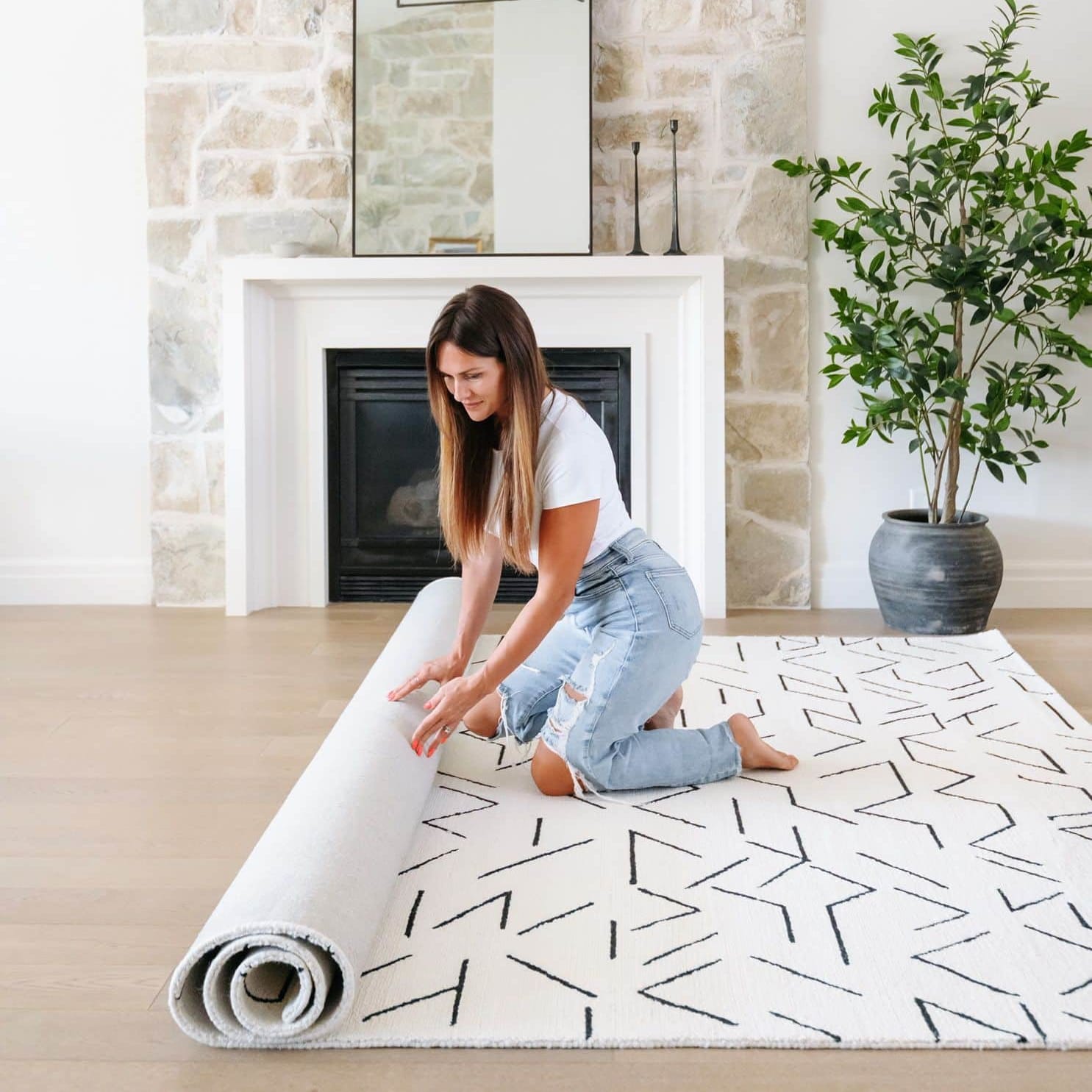
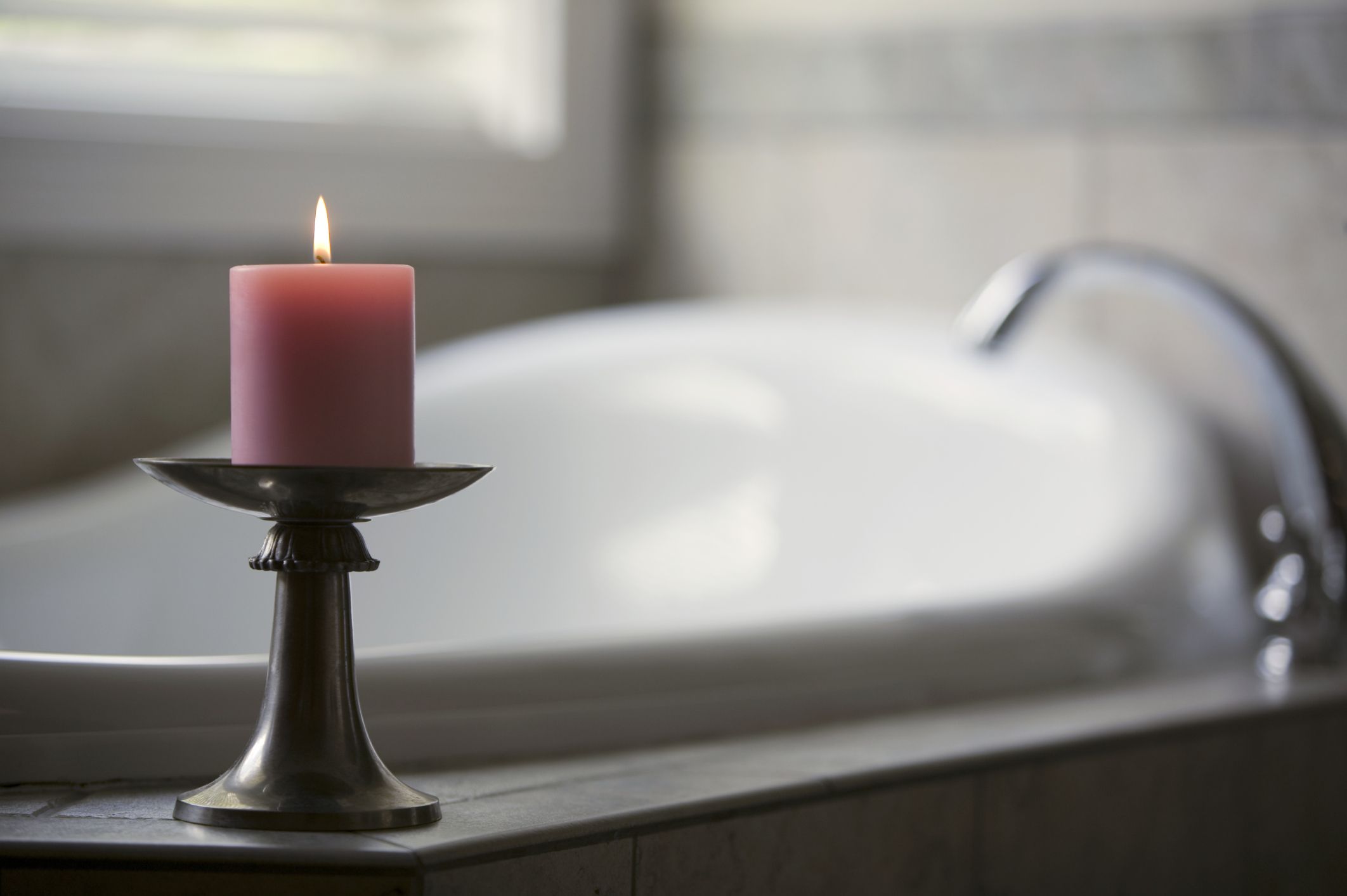
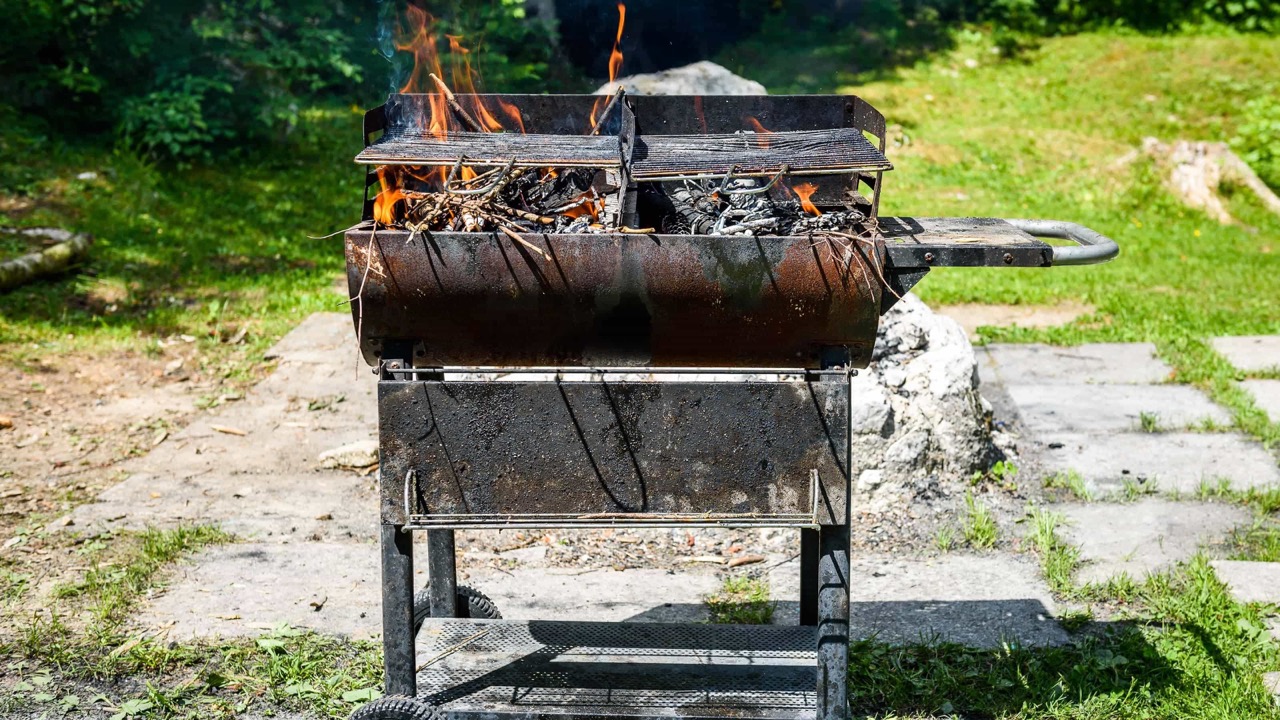
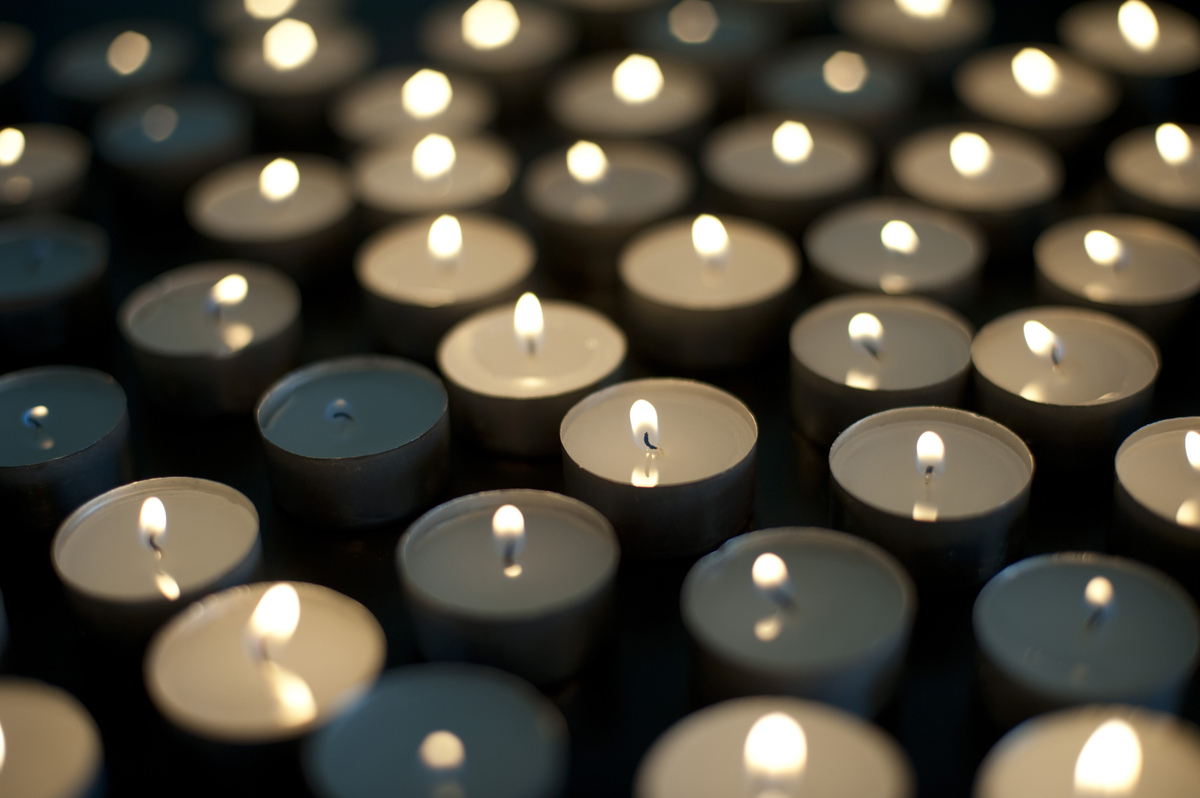
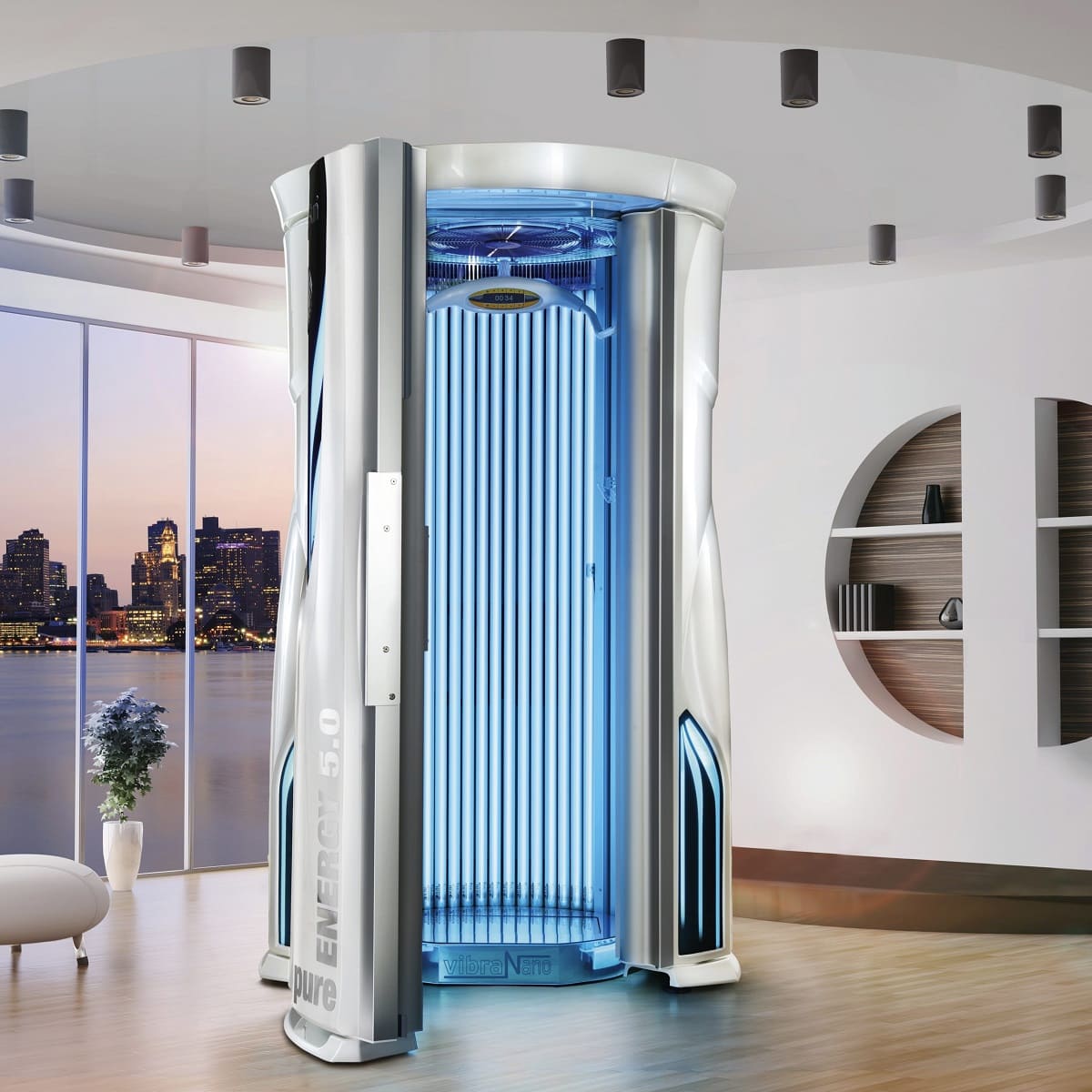

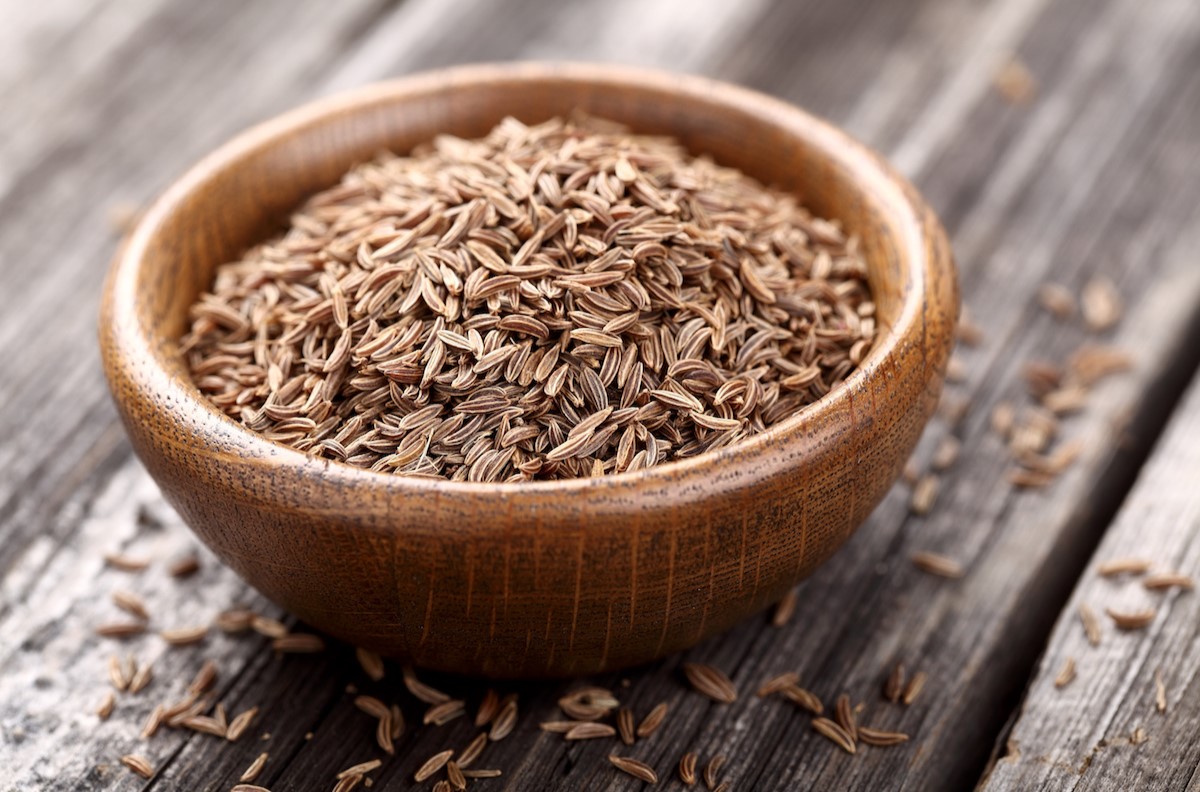

0 thoughts on “How Long Do Tanning Bed Burns Last”